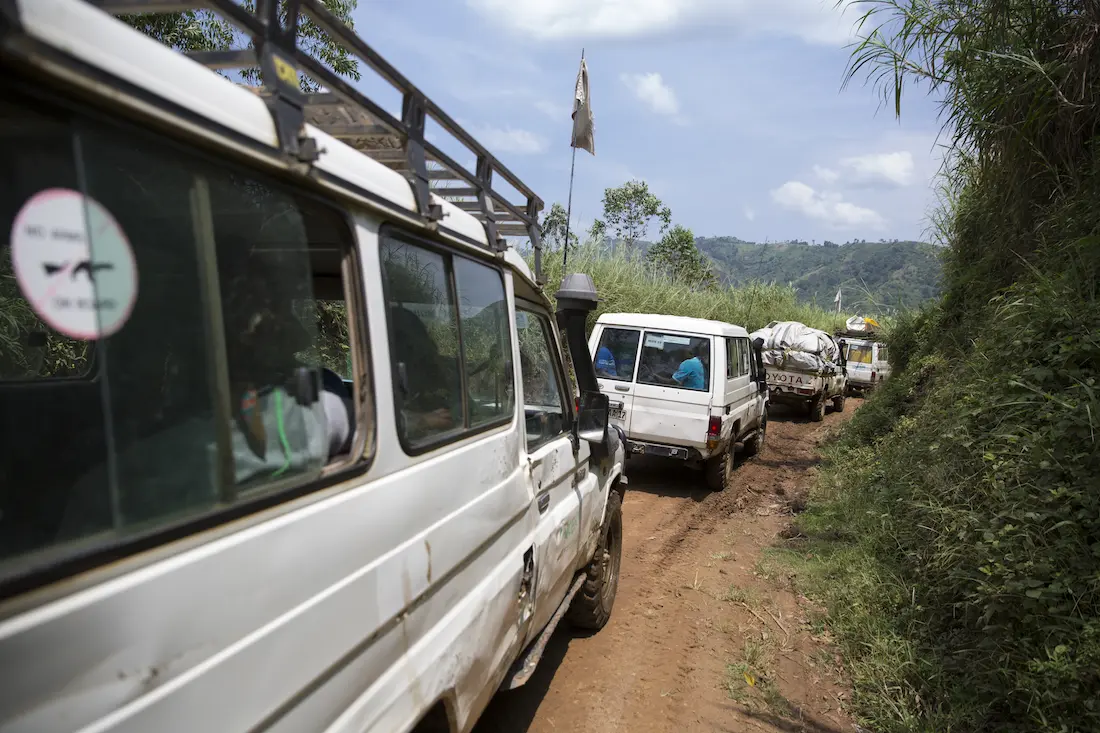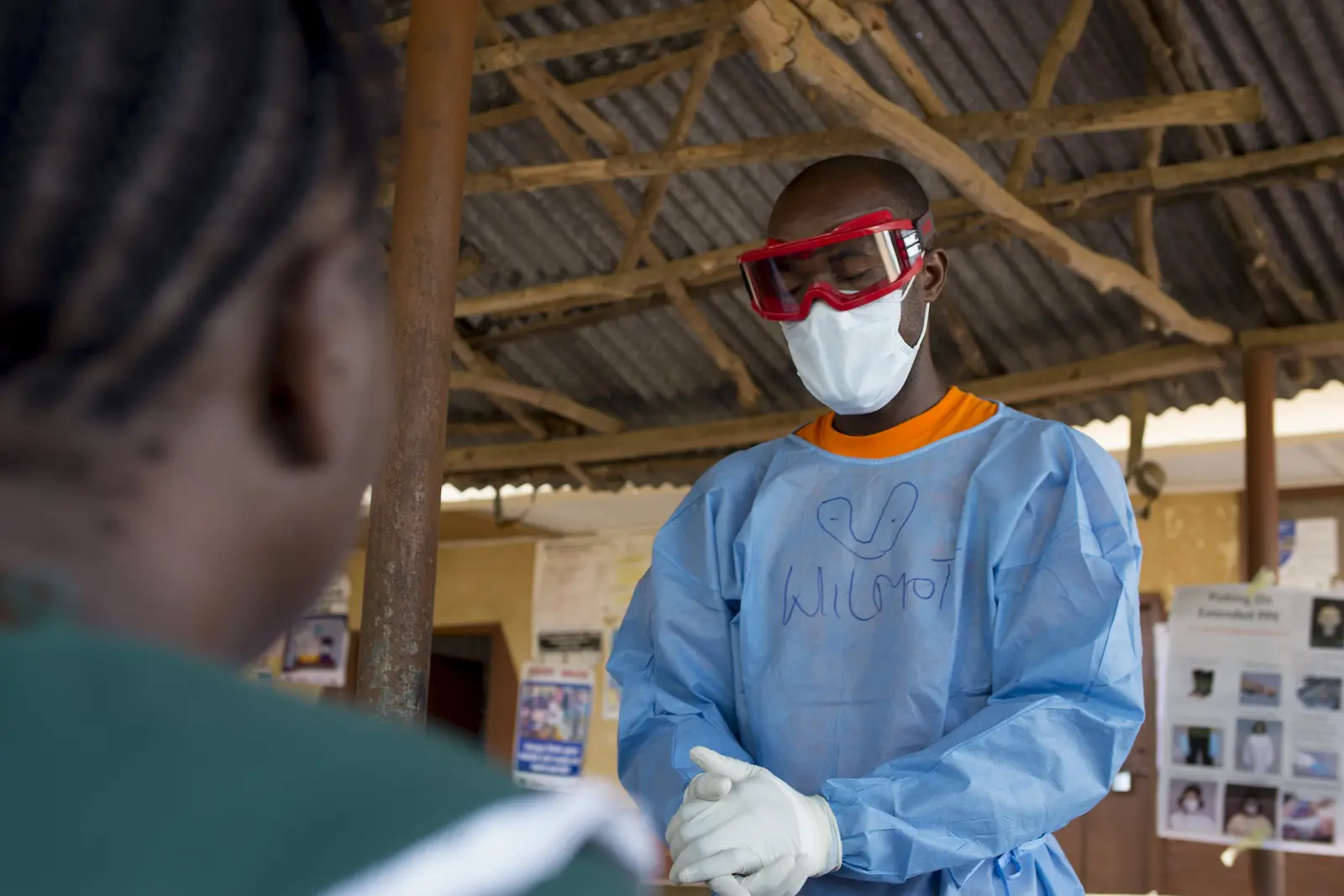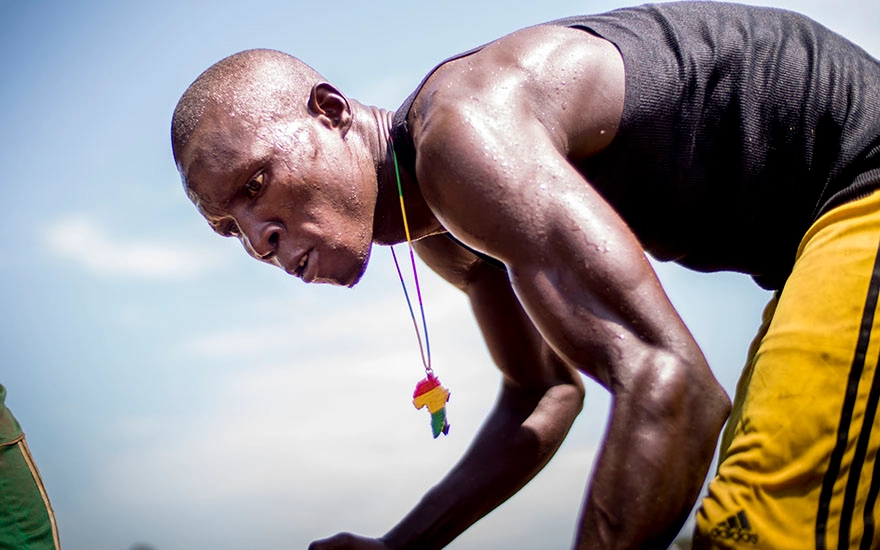While images and stories of brave medics battling to save the lives of Ebola victims make for dramatic news stories, the real fight to stop the virus is happening away from the spotlight. Concern Worldwide is increasing its efforts to contain the spread of the deadliest Ebola outbreak in DRC — its tenth outbreak in 40 years.
As of January 13, 2020, there have been over 3,400 confirmed Ebola cases in the DRC and over 2,200 reported Ebola deaths. Over 223,000 Congolese have received the vaccine for Ebola, rVSV-ZEBOVGP. The WHO also reports 2 Ebola treatments being used in the DRC as part of a clinical trial which, when used at the right time, have been shown to save 9 out of 10 lives.
On July 17, 2019, the World Health Organization (WHO) declared an international health emergency for Ebola in the DRC. “It is time for the world to take notice and redouble our efforts," according to WHO Director General, Dr. Tedros Adhanom Ghebreyesus.
In June and July, 2019, EVD cases were confirmed in cities in the DRC close to borders with Rwanda and South Sudan. One Ebola-related death was confirmed in Uganda on July 7, 2019 and an additional case was confirmed in Uganda on August 29, 2019. These geographical areas have officials on alert to contain the spread and protect health workers and Ebola responders.
The DRC's deadly Ebola outbreak
On August 1, 2018, the Democratic Republic of Congo’s Ministry of Health declared an official outbreak of the Ebola virus disease (EVD) in the North Kivu province, a mountainous area in the northeast of the country. The epicenter of the outbreak was traced to the area around the city of Beni.
Formerly known as Ebola haemorrhagic fever, Ebola is a rare but severe virus that has an average fatality rate of 50% — but with some outbreaks rising as high as 90% according to the WHO. Through simple forms of human contact, Ebola can quickly infect and kill entire families and decimate communities.

The deadliest outbreak of Ebola is still fresh in the memories of many who were affected by the Ebola outbreak of 2014-16 that killed over 11,300 people in the West African countries of Guinea, Liberia, and Sierra Leone.
“This is the second-biggest Ebola outbreak in history and the biggest ever in DRC,” said Concern’s Regional Director for Francophone Africa, Reka Sztopa. Sztopa worked in West Africa during the 2014-16 outbreak. “Insecurity and the lack of access to the worst affected areas are the main reasons why this Ebola outbreak has not come under control already. There are many different armed groups in eastern Congo so this makes it very hard to reach those affected.”
By June of 2019, the number of Ebola cases in the DRC jumped by nearly 600% since the start of the year, from 370 in early January to 2,500 in mid-July. Over 120 confirmed cases are health workers.
“This is the second-biggest Ebola outbreak in history and the biggest ever in DRC.” — Reka Sztopa, Regional Director for Francophone Africa, Concern Worldwide
DRC crisis adds deadly challenge
EVD first came to the world’s attention in 1976. It was discovered in a small community near the Ebola river, in what is now the DRC. Since then, experience shows that control and prevention is the only realistic way to stop this extremely contagious disease. The work is laborious and difficult, especially given the mountain terrain of the North Kivu and neighboring Ituri provinces. However, a decades-long conflict in the DRC has made it more difficult for aid to reach the affected area.
There have been over 120 attacks in the area. Roughly one-third of these attacks were directed at health facilities. These attacks injured, or in some cases killed, over 85 health workers, in part due to ongoing government distrust and Ebola myths.
“All the elements are there for a humanitarian disaster, with a highly contagious disease, large numbers of displaced people, and insecurity that has resulted in attacks on health facilities making it more difficult for aid workers to access key areas,” Sztopa said.
“All the elements are here for a humanitarian disaster.” — Reka Sztopa
Concern has 180 staff in DRC, where it has been operational since 1994. With this latest Ebola outbreak in the DRC, we are working in partnership with the DRC Ministry of Health and the World Health Organization. The WHO is leading the overall response to the outbreak.

Working to contain the spread
Concern Worldwide has reached almost 62,000 people since the start of the outbreak last August. Our work is part of an Irish Aid–funded measure. The goal is to inform communities of how to prevent infection, and what to do if Ebola reaches them. The WHO is focused on the potential risk of Ebola cases spreading to other parts of the DRC. Because of frequent travel and insecurity in the region, we're also focused on preventing the spread to neighboring countries like Rwanda and South Sudan.
Out in the communities of North Kivu, a massive awareness campaign is ongoing. The Concern team aims to reach 400,000 people with Ebola awareness sessions. The affected area is home to 6 million people. The epicenter of the outbreak is less than 200 miles from Goma, a city of over 1.2 million people.
“Our current program aims to prevent the outbreak from spreading southwards towards the big city of Goma and also across the border to Rwanda by supporting health centers and sensitizing communities to the disease,” said Area Coordinator Mark Johnson. Johnson leads Concern’s response to Ebola in the DRC.
Control and prevention of Ebola rely on community engagement, and Johnson’s team has made equipping health centers a priority. Concern has provided infection prevention and control kits to 23 centers and trained 1,150 health workers in their use.
“Our current program aims to prevent the outbreak from spreading southwards.” — Mark Johnson, Concern Area Coordinator
While there is no confirmed cure for ebola, rehydration and symptomatic treatment improve chances of survival. Proper sanitation can help prevent the disease from spreading. With this in mind, Concern has repaired over 15 water points, showers, and toilets in Beni city. This ensures that people have access to safe drinking and flushing water.
With a population of over 85.2 million, the DRC is concurrently experiencing other epidemics including cholera and malaria. Often, Ebola victims arrive at health centers showing symptoms similar to other diseases like malaria. This exposure puts everyone they come in contact with at risk. Screening of patients at the point of arrival is key.
How you can help fight the Ebola outbreak in DRC
Your donation supports Concern’s work in 23 countries , with $0.90 out of every dollar going directly to our program work. This includes our work to contain the Ebola epidemic in the DRC, work to treat those currently affected by the disease, and help communities find safe, dignified burial options for their loved ones.



